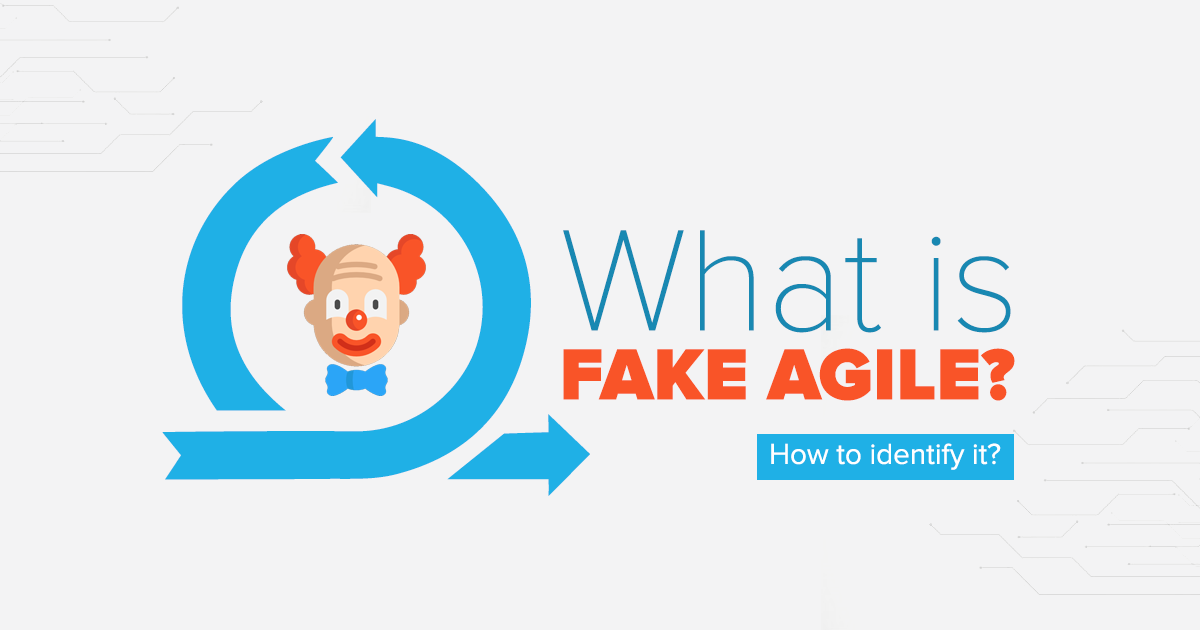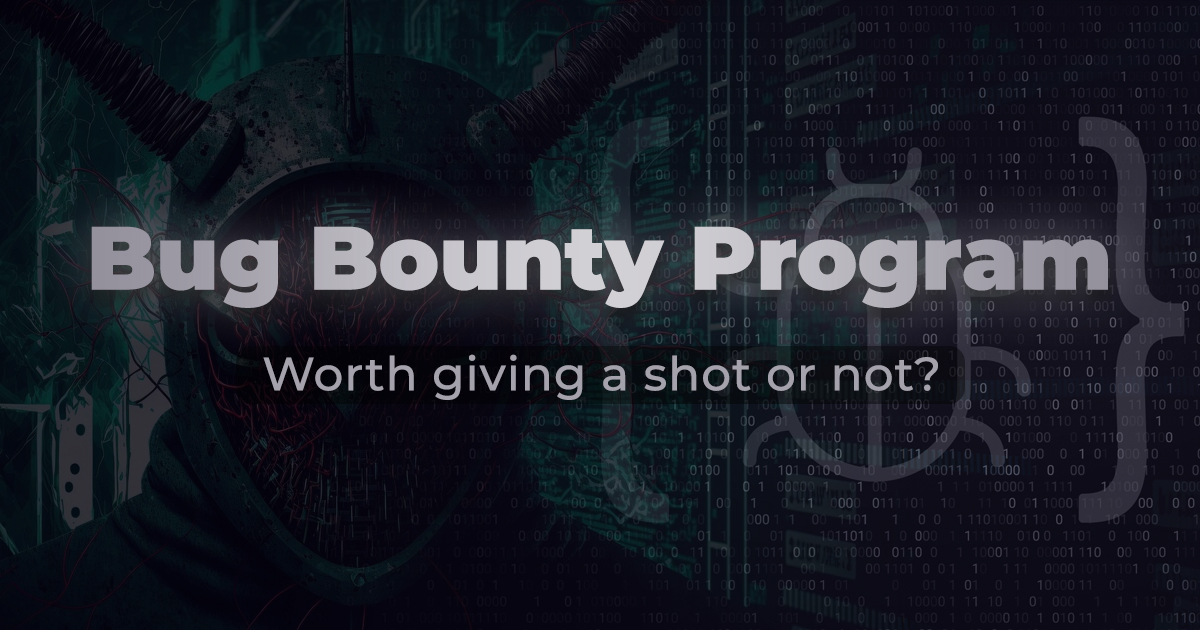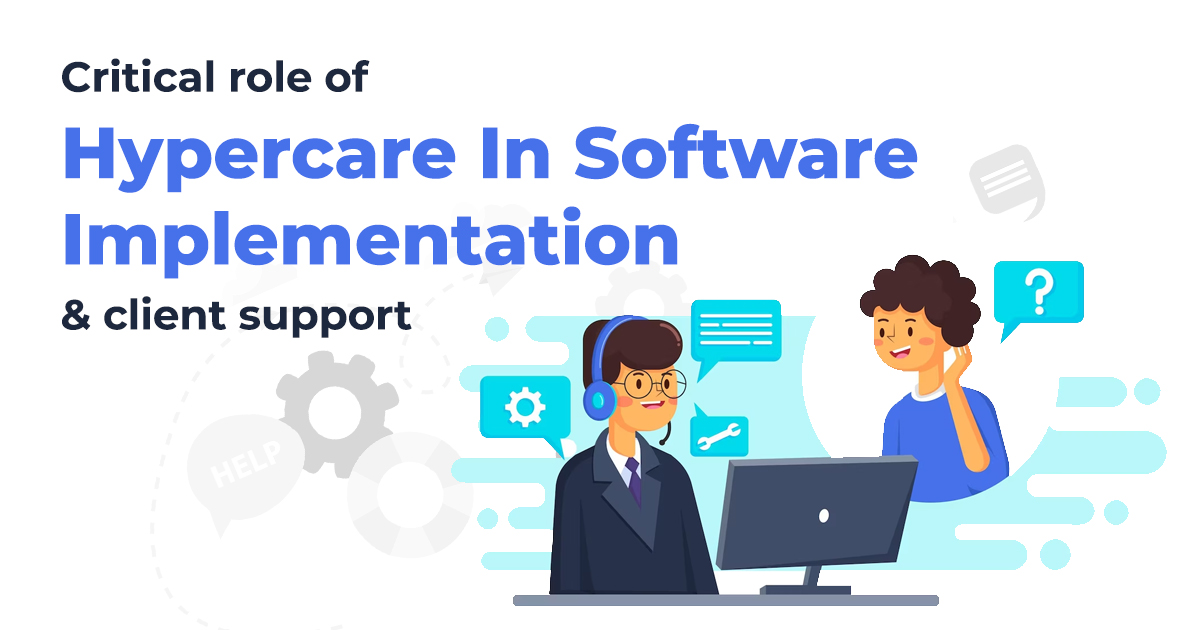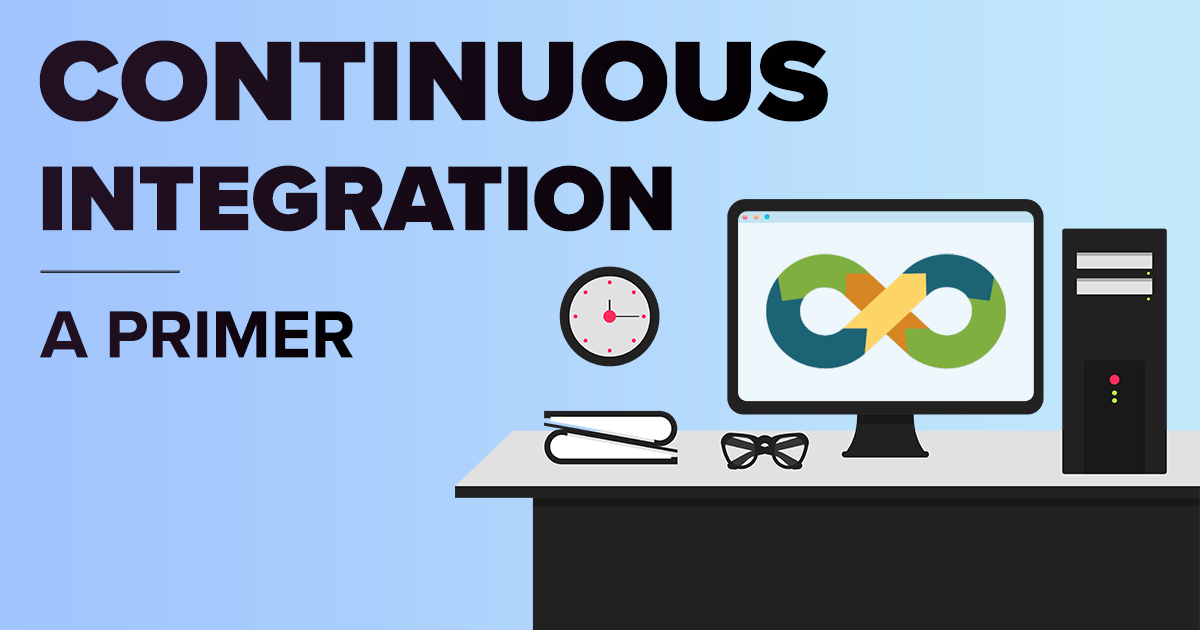What is Fake Agile? How to identify it?
May 26, 2021 2:19 pm | by Sarvika Technologies | Posted in Tech
Software development companies who adopt and strictly follow agile methodology rake countless benefits, the top and the most concerned one being high customer satisfaction. Projects delivered under agile methodology are executed keeping the customer at the center of everything. And if your company is marketing itself as an agile enthusiast and still unable to make the customer happy, then you might want to stop and reassess: Are you stuck in Fake Agile?
Agile is a mindset.
Each person who is well-versed with the concept of agile development will agree that being agile is all about the mindset. It is the company’s willingness to deliver the project based on continuous feedback from the end users.
Many companies who claim to be agile in their development practices are agile in name only (AINO). It means they simply implement the agile processes and ceremonies without actually changing the mindset. For example, if you are using JIRA as a project management software but there is no involvement of the end user in product development, then it is a sign of fake agile.
I bet the next big question popping up in your mind must be.
How to identify Fake Agile?
There is no set formula to spot fake agile; it is all about the mindset and hence there is a need to observe the work culture. Some key flags are:
- No communication/feedback (bug reports, user assessments, etc.) between the development team and the user of the software application. Also, no involvement of end users in processes like user acceptance testing, release planning, etc.
- Lack of coordination and communication between the stakeholders like client, project manager, developers, designers, testers, etc.
- No DevOps culture and relying on manual processes instead of automated testing, CI/CD, etc.
- Priority to meeting the requirements is given over delivering something useful to the clients.
In addition to the above, you can also use the below mentioned questions to learn more about the type of development culture followed in the company.
Project Managers/Leads
- Are teams delivering working pieces of the software to users every iteration? Are they gathering necessary feedback?
- Is a product charter available? Do all team members understand it?
- Are teams allowed to update the requirements based on the feedback gathered from the users?
- Are teams allowed to update processes based on their learnings?
Development Teams
- How much automation is there in development, security, testing and deployment pipelines?
- Who are the end users? How do the development teams interact with them?
- What tools are used to test codes?
End Users
- What is the communication mode with the developers?
- How often there is a discussion where the users share the features they would like to see implemented?
- How do users share feedback with the development team?
- Are working prototypes of new software features shared to try?
- How long does it take for the suggested feature to show up in the application?
The answers to all the questions should be a ‘yes’ by teams who are working on agile.
Always keep the Agile Values in mind.
- Embracing changes and responding to them instead of simply following a plan.
- Giving priority to individuals and interactions; not processes and tools.
- Delivering a working software instead of spending endless hours in comprehensive documentation.
- Keeping the customer/end user in the loop instead of limiting discussions to contract negotiations.
I hope the article was able to tell you about the Fake Agile and most importantly, how to identify it. If you’d like me to discuss some other topics related to project management and business analysis, then you can let me know at hello@sarvika.com. Stay home, stay safe!
Written by Sarvika Technologies
Sarvika Tech is a team of young, energetic, and technology-loving people on the journey to help companies achieve their goals by supporting their IT needs. In a nutshell, we are a people’s company where the priority is their knowledge enhancement and career development. We believe that focusing on our most important asset, the team, will enable us to push boundaries and deliver ingenious IT solutions.




